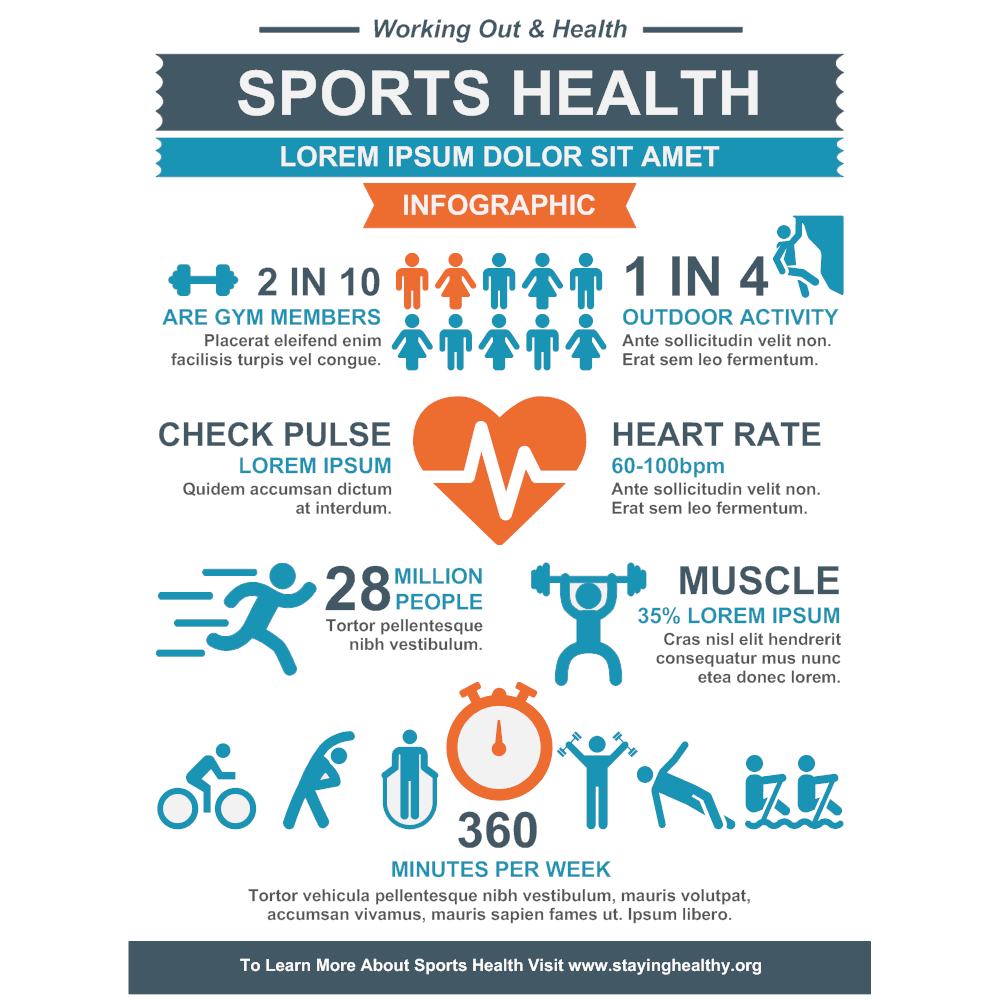Discover The Rupture Types That Demand Surgical Activity. From Inguinal To Hiatal, Find Out Every Little Thing You Need To Know For A Successful Treatment

Writer-Borre Boisen
* Inguinal rupture: A protrusion of tissue via a damaged area in the stomach wall, frequently on one side of the groin.
* Hiatal rupture: An outcropping of the tummy with the diaphragm and into the chest cavity.
* Umbilical rupture: A bulge near the belly button that occurs when a weakened location in the stomach wall surface allows fat or other tissue to press through.
* Ventral hernia: A bulge that occurs when a weakened location in the abdominal wall surface enables fat or various other cells to press through, typically near a previous surgical laceration.
* Incisional hernia: A bulge that occurs when a damaged location in the abdominal wall surface enables fat or other cells to press through, usually near a previous medical incision.
It is necessary to keep in mind that not all hernias require surgical treatment, but these kinds do. If you presume you have a rupture, it is necessary to get in touch with a health care expert for correct diagnosis and therapy.
So, you've been experiencing some pain recently, and after a thorough assessment, your physician has identified that you have a hernia. Now, prior to you begin stressing, it is necessary to recognize that not all hernias call for medical intervention.
Nonetheless, there are certain types that do, which's what we're below to talk about. From inguinal hernias to umbilical ruptures and even hiatal hernias, every one provides its very own distinct difficulties and considerations.
But allow's not be successful of ourselves just yet. https://labblog.uofmhealth.org/industry-dx/performing-incision-less-hernia-repairs-for-kids into the specifics soon sufficient.
Inguinal Hernias
If you're experiencing pain and pain in your groin location, you might have an inguinal rupture that needs medical intervention. An inguinal hernia happens when a part of the intestinal tract or cellulite presses through a weak spot in the inguinal canal, which is located in the reduced abdominal area.
This kind of rupture is much more common in men than women and can be triggered by elements such as heavy lifting, stressing during defecation, or chronic coughing. Symptoms of an inguinal hernia consist of a lump in the groin area, discomfort or discomfort when coughing or lifting, and a sensation of pressure or weakness in the groin.
If left without treatment, an inguinal hernia can result in issues such as bowel obstruction or strangulation, which is why surgical intervention is essential to fix the hernia and stop more issues.
Umbilical Ruptures
Do you recognize what an umbilical rupture is and how it can be dealt with operatively?
An umbilical hernia occurs when a part of the intestinal tract or abdominal cells protrudes through a weak spot in the stomach wall surface near the tummy button.
If you have an umbilical rupture that requires medical treatment, here are three therapy options to take into consideration:
- Hernia repair surgery: This is the most typical treatment for umbilical ruptures. Throughout the procedure, the doctor will make a laceration near the hernia and press the sticking out tissue back into place. They'll then strengthen the stomach wall utilizing stitches or a mesh patch.
- Laparoscopic surgical treatment: In many cases, a minimally intrusive method called laparoscopic surgical procedure may be used. This strategy entails making small incisions and making use of an electronic camera and specialized devices to repair the hernia.
- Open up surgical procedure: In even more complex instances, open surgical treatment might be needed. This includes making a bigger incision to access and repair the rupture.
Hiatal Ruptures
A hiatal hernia happens when part of the belly sticks out via the diaphragm into the upper body tooth cavity. This kind of hernia is relatively typical and frequently calls for medical intervention.
Hiatal hernias can be classified right into 2 major types: gliding and paraesophageal ruptures. Moving hernias are one of the most usual and happen when the lower part of the esophagus and the top of the tummy slide up into the chest via the respite, a small opening in the diaphragm.
On the other hand, paraesophageal ruptures are less typical however a lot more serious. In this type, a section of the tummy pushes with the hiatus along with the esophagus, causing possible problems like stomach volvulus or strangulation.
Surgical fixing is commonly needed to deal with hiatal ruptures and alleviate signs and symptoms such as heartburn, chest discomfort, and trouble ingesting.
https://smb.picayuneitem.com/article/The-Iskandar-Complex-Hernia-Center-Releases-Comprehensive-Guide-on-Hernia-Surgery-Timing?storyId=655d4d95d3bd08000842d235 have it, the various kinds of hernias that require medical treatment.
One example of a hernia situation that needed surgical treatment is John, a 45-year-old guy who suffered from an inguinal rupture. Despite his initial pain and worry, John chose surgical treatment.
The procedure achieved success, and he experienced a complete recuperation, enabling him to return to his typical tasks with no further issues.
Bear in mind, it is necessary to seek advice from a healthcare specialist if you think you might have a rupture that requires medical therapy.

